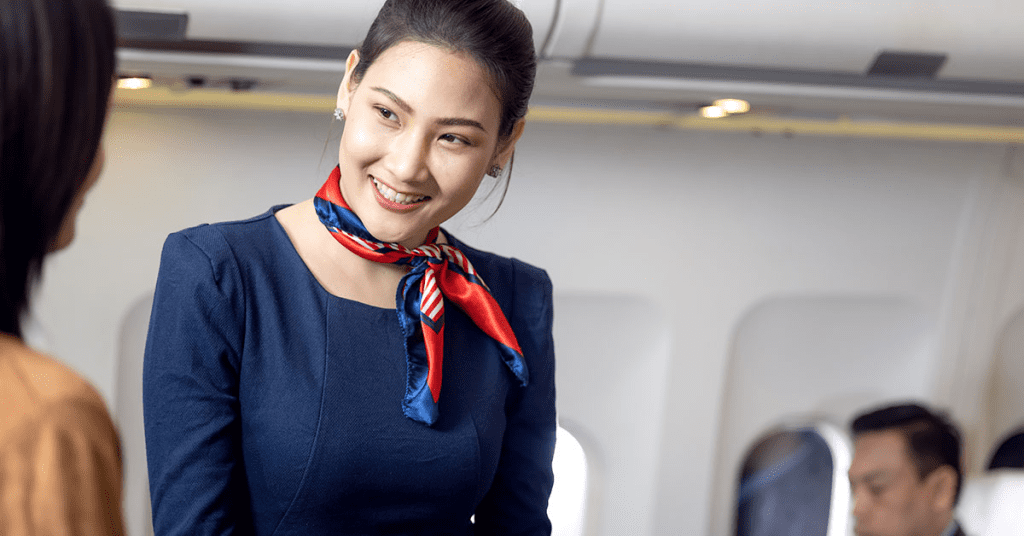As you step onto a plane, the friendly greeting from a flight attendant might seem like a simple gesture of hospitality. However, this routine interaction plays a pivotal role in ensuring the safety and security of every flight. Here’s why that warm “hello” from your flight attendant is much more than just a courtesy—it’s a crucial safety check.

Safety First: Assessing Passenger Condition
The primary purpose behind the greeting is to assess each passenger’s fitness to fly. Flight attendants are trained to quickly identify signs of excessive alcohol consumption or illness. This initial interaction helps them determine if a passenger might pose a safety risk to themselves, other passengers, or the flight itself. By responding to the greeting, you are inadvertently giving the flight attendant a quick but important opportunity to assess your condition.
Spotting Potential Issues Early
Incidents caused by intoxication are not just disruptive—they can escalate into serious safety threats once the aircraft is in the air. Flight attendants use the boarding greeting to look for signs that someone may be too drunk to fly, which could include slurred speech, poor coordination, or aggressive behavior. Recognizing these signs early allows crew members to manage the situation before it can affect the flight.
Identifying Assistants in Emergencies
Beyond assessing risks, flight attendants also use this opportunity to identify potential helpers—passengers who appear capable and calm, who could assist in case of an emergency. This quick assessment isn’t just about finding threats; it’s also about pinpointing resources among the passengers who might help maintain safety and order.
Debunking Common Misconceptions
Contrary to some passenger assumptions, the greeting is not a social interaction or an expression of personal interest. Iona Iachim, a flight attendant with Wizz Air, emphasizes that this professional practice is geared entirely towards enhancing onboard safety and efficiency. The term ‘bob,’ often used informally by crew members, stands for ‘best on board,’ playfully designating cooperative or particularly pleasant passengers, not those they find attractive.

Image Credit: Unsplash
Navigating Passenger Interactions
It’s crucial for passengers to understand the professional nature of interactions with flight attendants. While the cabin crew is friendly, their friendliness should not be mistaken for an invitation to extend the conversation beyond polite and brief exchanges. Maintaining a professional and respectful demeanor helps ensure that the focus remains on safety and service.

Image Credit: Unsplash
The Importance of a Proper Response
When a flight attendant greets you, responding politely not only shows respect but also actively contributes to the safety process. A clear, coherent response helps attendants make quick decisions about each passenger’s state, facilitating a safer and more organized boarding process.

Image Credit: Unsplash
Conclusion: A Simple Hello Goes a Long Way
Next time you board a plane and are greeted by a flight attendant, remember that this small interaction plays a key role in ensuring the flight’s safety. By responding appropriately, you’re assisting in a vital safety check that enhances the well-being of everyone on board. The friendly greetings are not just about civility; they’re a critical component of the flight’s security measures designed to ensure that everyone has a safe journey.


